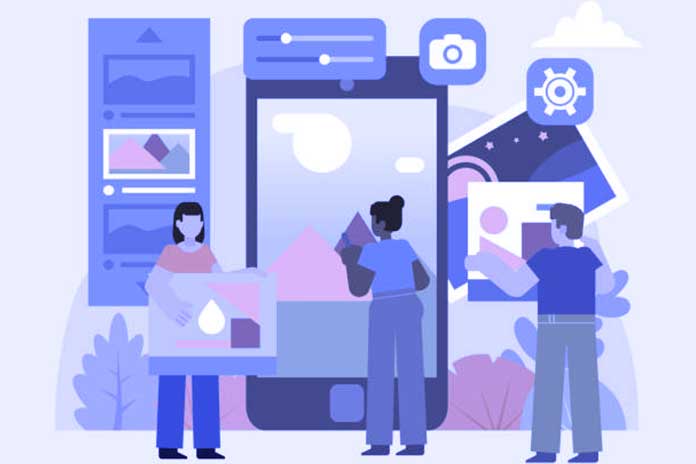For most of us, taking photos using smartphones has become part of everyday life. Cropping and reworking his shots to improve the result has become just as natural. This article explains how to retouch a photo taken with your smartphone effectively. Whether you have an iPhone or an Android smartphone, today, countless free or paid applications exist for editing photos. Here are some tips that will allow you to enhance your shots.
Google Photos: Simplicity Incarnate
First, let’s talk about Google Photos. Applications often preferred by Android smartphone owners, it is always good to remember that you can use Google Photos on your iPhone, which is also available in the App Store. In addition to storing your memories in the cloud, Google Photo offers editing features. You will be able to play with the framing, contrast, and luminosity reasonably intuitively when the “White point” function allows you to highlight the natural luminosity, emphasizing the shape and the white of the clouds, for example.
Google Photos also offers the possibility of accentuating or eliminating shadows, a handy function for photos taken quickly with your smartphone. You can also train to increase or decrease the level of saturation of the image to obtain the rendering of the tint or colors of your choice. Finally, the sharpness features will allow you to appreciate all the subtle details that your photos offer. More generally, retouching a photo is, above all, a matter of subtlety. Retching a photo fairly quickly is possible, but it is still advisable to take some time to analyze the details and imperfections that need to be corrected. Editing a photo from your smartphone: 4 simple but essential steps to follow:
- “Play” with brightness and shadows. Try it and see the results for yourself. To understand how the brightness adjustment impacts the quality of your photos, it may be interesting to try the same process on different types of images (landscapes, portraits, objects, pictures of animals, and photos taken in motion).
- Decrease or increase the saturation of the photo. Once again, it will be necessary to show subtlety and patience to make the image more qualitative while keeping its natural aspect.
- As explained with Google Photos, you can retouch your photo by increasing its sharpness. We advise you to work on it gradually: too high or too low an acidity will distort your image.
- Finally, you can adjust the heat or cold level to modify the hues and bring a heat or complex effect to your image.
Most smartphones have a function that automatically adjusts the colors with a single click, for example, bringing more liveliness to a photo lacking in brightness. This function, which will likely not get an optimal result, is nevertheless interesting if you seek effective and fast development.
Photo Apps: Image Processing On The Smartphone
With a smartphone, you can easily take photos and edit them quickly and inexpensively. The integrated tools in the photo app save you from downloading additional programs for minor edits; however, if you would like to use a more extensive range of functions when post-processing your snapshots, there are numerous photo apps with a wide variety of filters and effects. You can remove red eyes, correct brightness and add fancy effects in many apps with just a few clicks. Some smartphone photo apps are also suitable for directly taking high-resolution or compelling photos. You can then add a message and share it with your contacts via messenger.
Also Read: What Are The Best Android Photo Editors?


